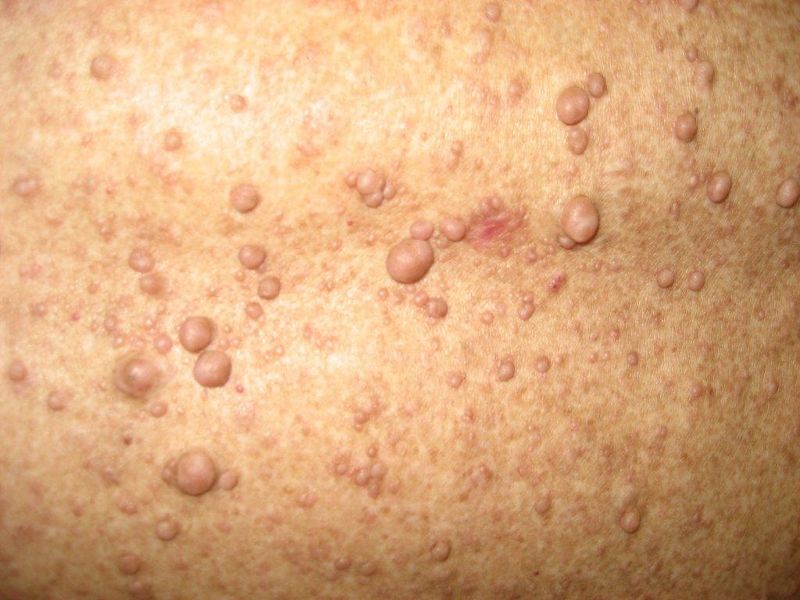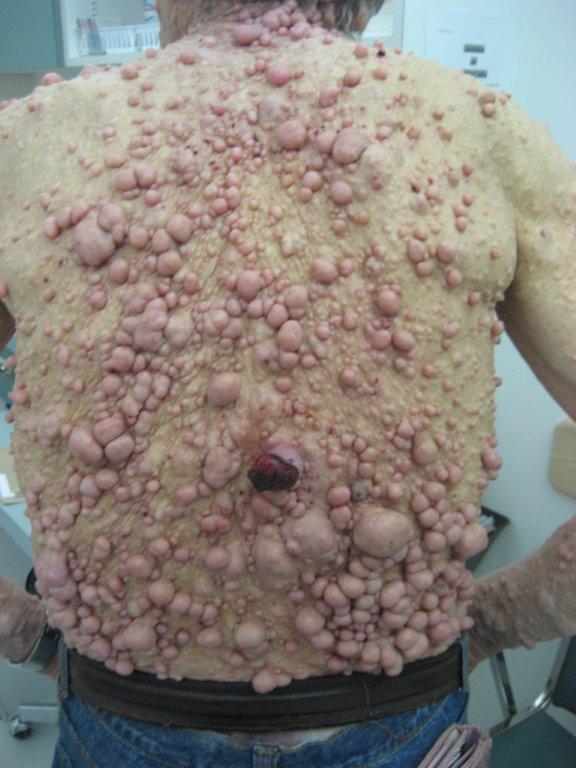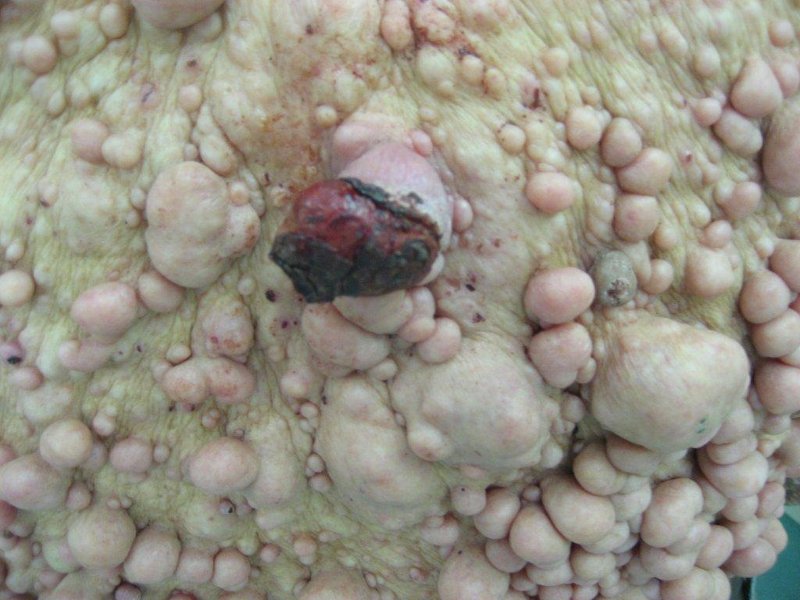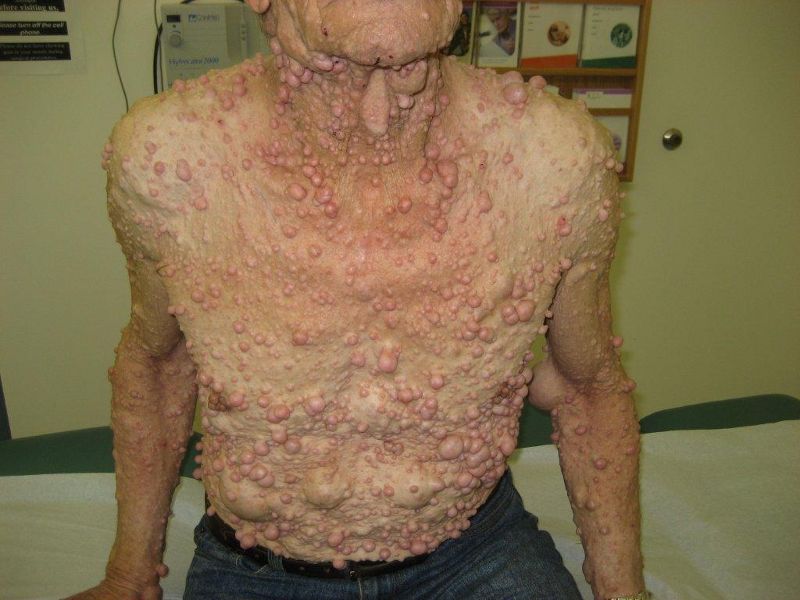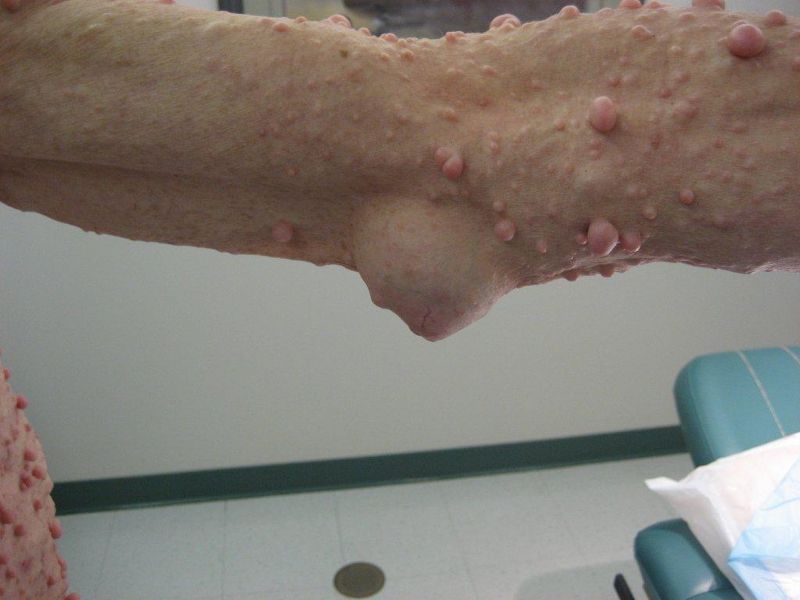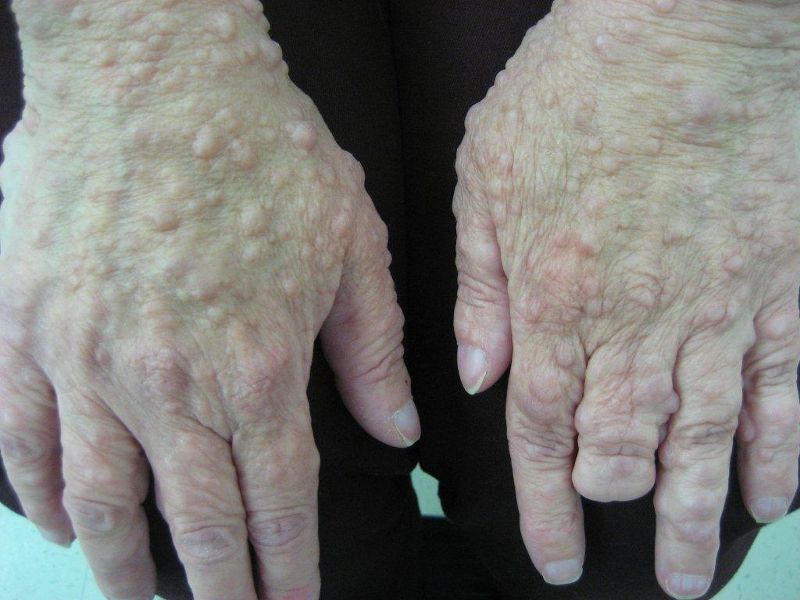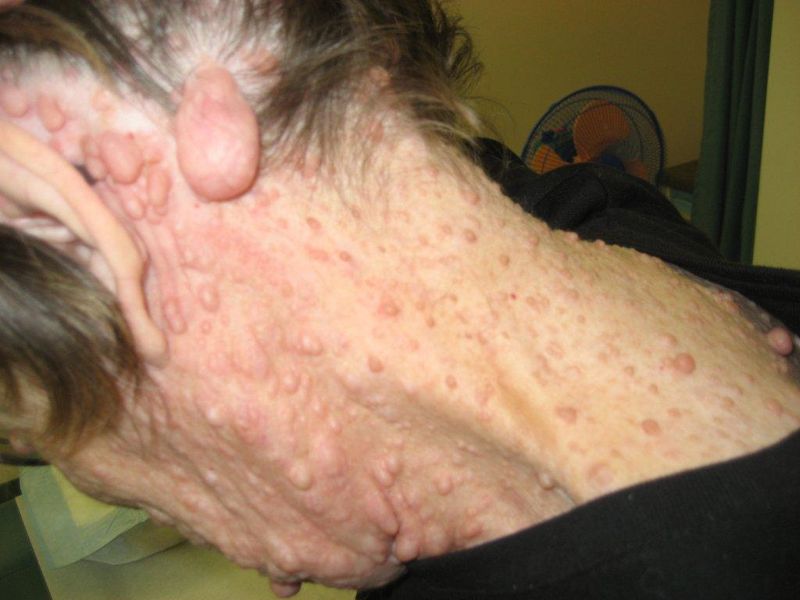Irritable bowel syndrome (IBS) is the most common chronic intestinal disorder. The symptoms are due to disturbance in the movement and sensation of the bowel. The person is otherwise well but presents with chronic or recurrent abdominal pain, change in bowel habit (constipation and/or diarrhea) and bloating.
Literature suggests at least 15 percent of the population has this condition. I feel that almost everybody has some element of irritable bowel syndrome.
IBS affects twice as many women as men and usually begins in early adult life. Although IBS can cause much distress, it does not lead to life-threatening illness. It is also called spastic colon. IBS is not like other conditions. There are no definite abnormalities to find in a patient with IBS and there are no tests to confirm the diagnoses.
IBS is a complex condition that affects a person’s psychology (emotional and behavioural characteristics). A physician treating this condition must have a good understanding of the problem. He should be able to dedicate time and energy to help his IBS patients.
IBS is considered to be a functional disorder of the gastrointestinal tract. But there is high incidence of psychiatric disorders in patients with IBS – panic disorder, major depressive disorders, and phobias.
Patients have to realise that they may need psychological treatment for a physical condition. And having irritable bowel does not mean a person is mentally ill. Antidepressants and medications that inhibit anxiety have been shown to be effective in IBS. But these drugs have to be used with care.
Stress-induced anxiety can make symptoms of IBS worse. The source of stress can be internal (from within your own body) or external (from your environment). IBS patients experience higher levels of anxiety and fatigue than do healthy people.
Management of IBS can vary from simple to complex. First, you have to see a doctor and get some basic investigations done to rule out any other illness like infection in the bowel, cancer, ulcerative colitis, Crohn’s disease and celiac disease. Anemia, rectal bleeding and loss of weight are not symptoms of IBS. This may suggest inflammatory bowel disease (IBD) or cancer of the bowel.
There is no cure for IBS. However, controlling the diet and emotional stress usually relieves the symptoms. Sometimes symptoms come and go. Some medicines may also help.
In more severe cases, like treatment-resistant IBS, psychotherapy has been proven to be useful. But there is no evidence to suggest that psychotherapy is beneficial in patients with mild IBS.
Management of IBS poses a big challenge to a physician. Many drugs are available in the market for use in IBS. But none of them have proven benefits. Some of them may act as placebo. Smooth muscle relaxants tend to help relieve abdominal pain with or without relief of other symptoms. Loperamide (Imodium) is beneficial in patients who have diarrhoea as a predominant symptom. Psyllium and other higher fibre diets are useful for patients with constipation.
Current treatment of IBS includes advice on high fibre low fat diet, smooth muscle relaxant, agents to stop diarrhoea or bloating and psychotherapy or psychoactive drugs to take care of depression or anxiety.
Start reading the preview of my book A Doctor's Journey for free on Amazon. Available on Kindle for $2.99!
